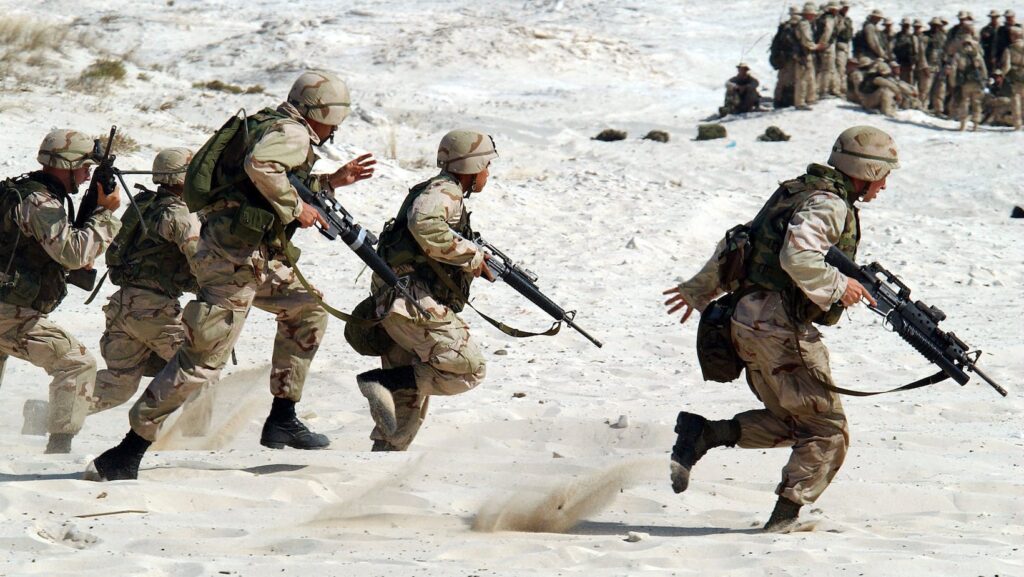
Unwrapping the Key Action in the Combat Phase: Attacking Enemy Centers of Gravity Is an Action in The _____________ Phase.
Attacking Enemy Centers of Gravity Is an Action in The _____________ Phase.
I’m sure you’ve heard the saying, “The best defense is a good offense.” In military strategy, this concept comes to life during what’s known as the operational phase. This phase involves targeting and attacking enemy centers of gravity – key points that, if struck effectively, can significantly weaken an opponent and shift the balance of power in your favor.
When we talk about ‘centers of gravity’, we’re referring to those assets or capabilities that are critical to an enemy’s ability to fight. It could be their command center, supply lines, key leaders or even morale. Identifying these vital points requires detailed intelligence gathering and analysis; it’s not just about knowing where they are but understanding how they contribute to the enemy’s strength.
Once these centers have been identified, planning for their attack begins. Now, don’t think it’s simply sending out a squad with guns blazing. Each operation must be meticulously planned considering factors like timing, resources available and potential risks involved. For instance:
- If one were aiming at an enemy supply line disruption would mean ensuring that you possess enough firepower while also having contingency plans should initial attempts fail.
- When targeting a command center there might be need for stealth operations – perhaps using special forces – rather than conventional attacks which could alert enemies leading them to relocate such crucial bases.
It’s important to note here that ‘attacking’ doesn’t always mean physical destruction. Information warfare is increasingly becoming a tool used by militaries worldwide where misinformation campaigns can cause confusion within enemy ranks thereby weakening their overall combat effectiveness.
In essence then we see that attacking enemy centers of gravity during the operational phase isn’t simply about brute force but more so about strategic maneuvering aimed at destabilizing opponents from within thus increasing chances for victory on your end.

Understanding the Concept of Centers of Gravity
Let’s dive into the fascinating world of strategic warfare. One crucial concept that stands out is “centers of gravity”. Often misunderstood, this concept plays a pivotal role in planning and executing any military operation.
Definition of Centers of Gravity
Centers of Gravity, or COGs as they’re sometimes called, are those characteristics, capabilities, or localities from which a nation, an alliance, a military force or other grouping derives its freedom to act, physical strength or will to fight. They’re not just physical locations but can also be intangible aspects such as communication networks or morale among troops.
For instance, during World War II for the Allied forces attacking enemy centers of gravity was an action in their offensive phase. This typically involved targeting vital German manufacturing hubs and supply lines – disrupting these could effectively cripple the enemy’s ability to sustain its offensive operations.
Identifying the Main Centers of Gravity
Identifying main centers of gravity isn’t always straightforward. It requires deep insight into an opponent’s strengths and weaknesses along with detailed knowledge about their infrastructure and resources.
It’s important to note that centers of gravity can shift over time due to changes in technology, tactics or even leadership. Therefore continuous assessment is key when planning your strategy around them. For example during Cold War era attacks on enemy centers were often focused on command and control systems because disruption here could severely limit coordination among different parts within a defense system.
In short understanding and properly identifying an adversary’s center(s) of gravity can provide crucial advantages in conflicts – it allows strategists to focus their efforts where they’re most likely to achieve decisive results.





